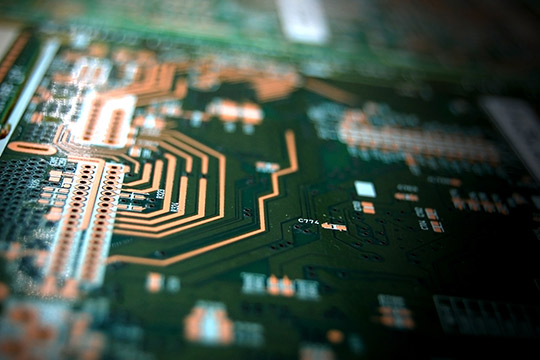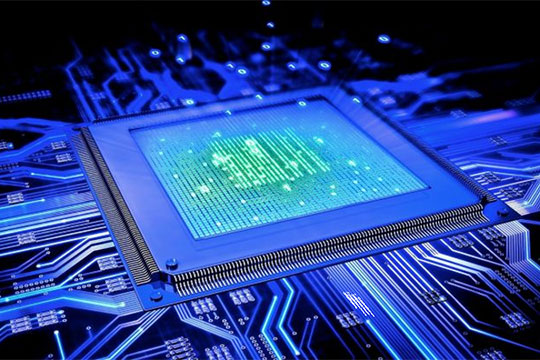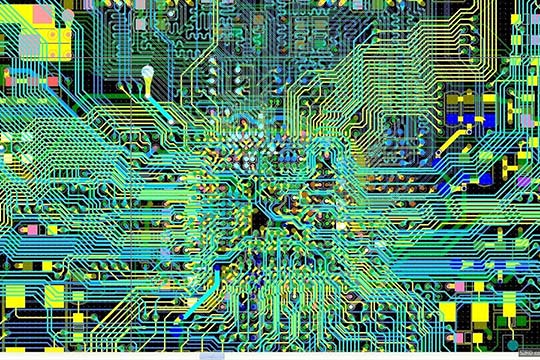TECHNOLOGY FOCUS
The discipline of Electromagnetic Compatibility (EMC) is concerned with the design of Electronic Systems, while minimizing electromagnetic coupling and interference from within the system and between systems to their environment.
Meeting the strict EMC standards, as well as ensuring the satisfactory performance of the equipment in its intended electromagnetic environment, requires the implementation of technical measures into the system's design.
Grounding forms an inseparable part of all electronic and electrical designs, from circuit through system up to installation design. Grounding is implemented for EMC and ESD protection, for safety purposes, for lightning and surge protection.
Shielding, on the other hand, is a necessity for avoiding electromagnetic field coupling from and into equipment enclosure. Adequate shielding is necessary to enhance immunity of equipment, and reduce emissions from the equipment enclosure.
Grounding and shielding are two of the essential concepts in EMC design. No design will be acceptable without them being properly implemented.


COURSE CONTENT
This is an advanced design course, dealing with the theory and practices of grounding and shielding for meeting EMC objectives.
The course features understanding of the electromagnetic phenomena related to electronic equipment and system-level grounding and shielding. The course covers the grounding and its topologies, leading to the implementation of grounding from circuit to system. With respect to shielding, the course will cover issues such as the shielding properties of metals, and the compromises in shielding, which are the main objective of shield design.
Case studies and practical "real life" examples will be provided.
WHO SHOULD ATTEND

Day 1
Fundamental Concepts
- Basic concepts of EMI phenomena and EMC and the primary parameters that govern interference modes and system performance with respect to EMC
- A video presentation, "EMI: The Silent Threat"
Signals and Coupling Modes
- Characteristics of signals, in particular their spectral content
- Concepts of common-mode vs. differential-mode signals, particularly with their effect of EMI interactions
- Fundamental field concepts, with special emphasis on magnetic field interactions
- Manner of signal propagation in circuits and systems
- Concept whereby current follows the "path of least impedance" and the implications of this concept
- Transmission line fundamentals and frequency considerations
Circuit Elements
- Characteristics of real world circuit elements, with special emphasis on parasitic inductance, capacitance and resistance
Fundamentals of Grounding Design
- Concept of grounding, and basics of grounding system designs
- Reasons and rationale for grounding and conflicts between grounding and other system requirements (e.g., safety considerations)
Grounding Essentials
- Fundamental grounding topologies
- Structured methodology for the design of the grounding tree
Day 2
Ground-Loop Interaction and Coupling (GLIC)
- Concepts (and myths) associated with "ground loops"
- Common to differential mode conversion phenomenon, consequent of ground loops
- Mitigation techniques of ground loop generated interference such as isolation transformer, Baluns, optocouplers, and other
Equipment and System-Level Grounding
- Dilemma associated with interconnects between large scale systems and installations
- Application of the fundamental grounding theory to different tiers of equipment and systems
- Interconnection of multiple ground connections
Implementation of Grounding on Printed Circuit Boards
- Objectives of grounding on PCBs, including those of signal current return and signal reference
- Implementation of grounding for each of the objectives
- Concepts of power distribution and transmission line signal propagation on PCBs and the role of the grounding system in their implementation
- Mixed analog/digital circuits and approaches for grounding to be applied, particularly when analog-to-digital (A/D) and digital-to-analog (D/A) converters are incorporated in the circuit
- Special considerations of grounding in PCBs, including moats and ground fills and chassis stitching
Day 3
Cable Shielding and Shield Termination
- Basics of field to cable interaction and one of the solutions, in the form of cable shielding
- "How should the cable shield be grounded, at one or both ends?"
- A comparison of signal circuit wiring grounding vs. shield grounding, and the fundamental difference between the two
Bonding
- Manner of achieving high-quality electrical connection
- Bonding as a link between grounding and shielding, and techniques for achieving acceptable bonds
- Dissimilar metals and metal electrochemical compatibility between bonded structures
- Manner for corrosion control
Fundamental Shielding Theory
- Fundamentals of equipment shielding and mechanisms contributing to the shielding effectiveness of an enclosure
- Significance, limitations and the factors contributing to reflection and absorption mechanisms
- Unique approaches to shielding against low-frequency magnetic fields
Day 4
Shield Discontinuities and Their Treatment
- Effects of discontinuities in shielding materials, and solutions to aperture and slot leakage
- EMI gaskets and their application
Equipment and System Shielding Design
- Implementation of shielding to equipment external and internal (partitioning) shielding
- Application of shielding at the equipment rack and console levels
- Implementation of shielding on the PCBs ("shield cans")
Shield Integrity Violations
- Manners of undesirable (yet common) violations of the shielding integrity, including shield penetrations and discontinuities
- Manners and materials available for preclusion of such violations
Grounding and Shielding Related Case Studies
- Real-life grounding and shielding case studies
- The participants will also be encouraged to share their own case studies at this time.
Said about the course from previous participants:
"The course had many references to real life cases and problems."
"I liked that all the aspects of different topics were explained in detail."
"It covers a lot of aspects of EMC."

